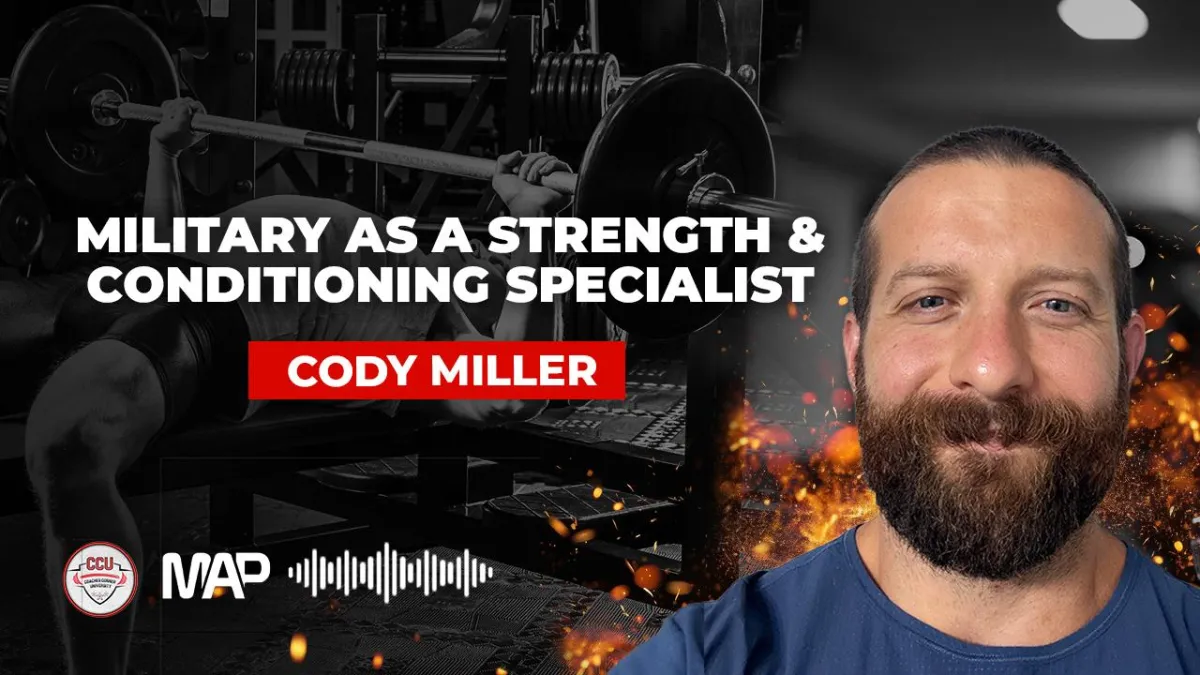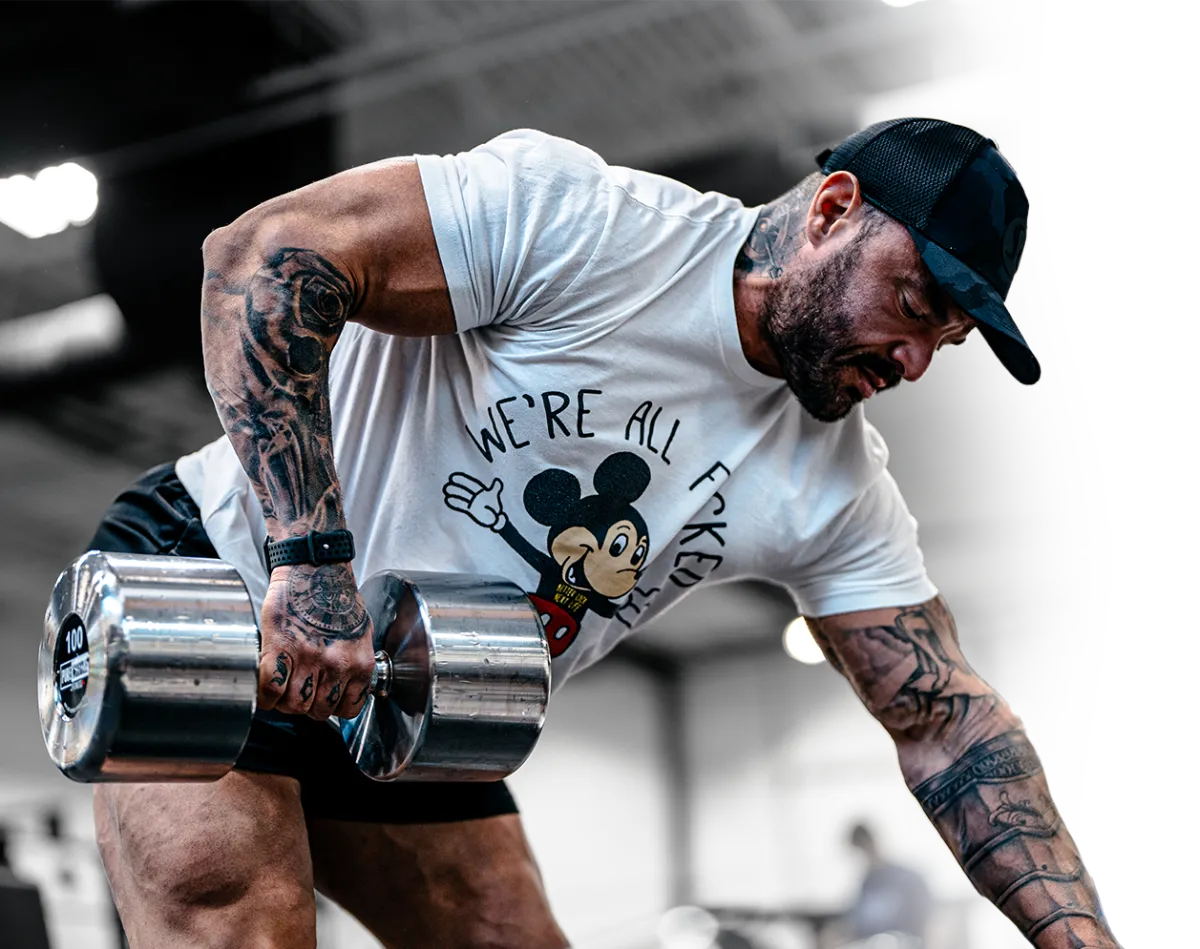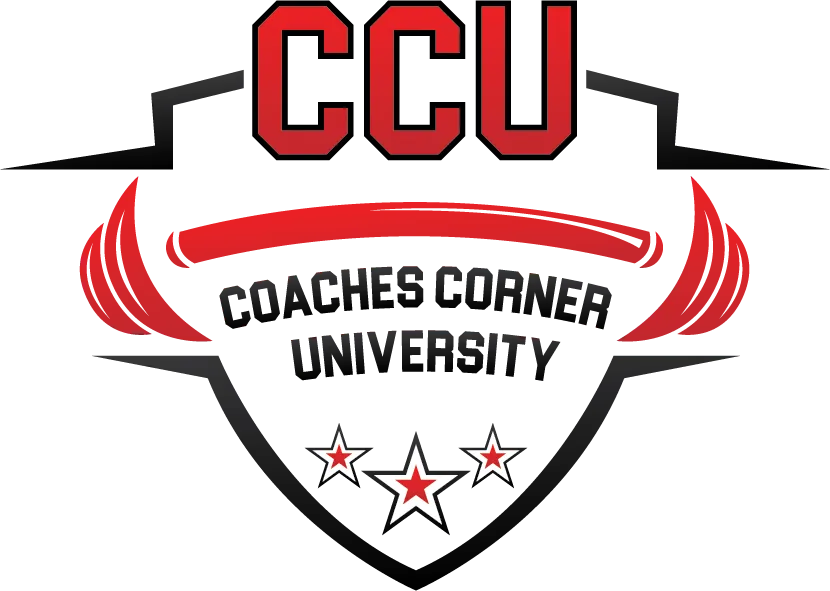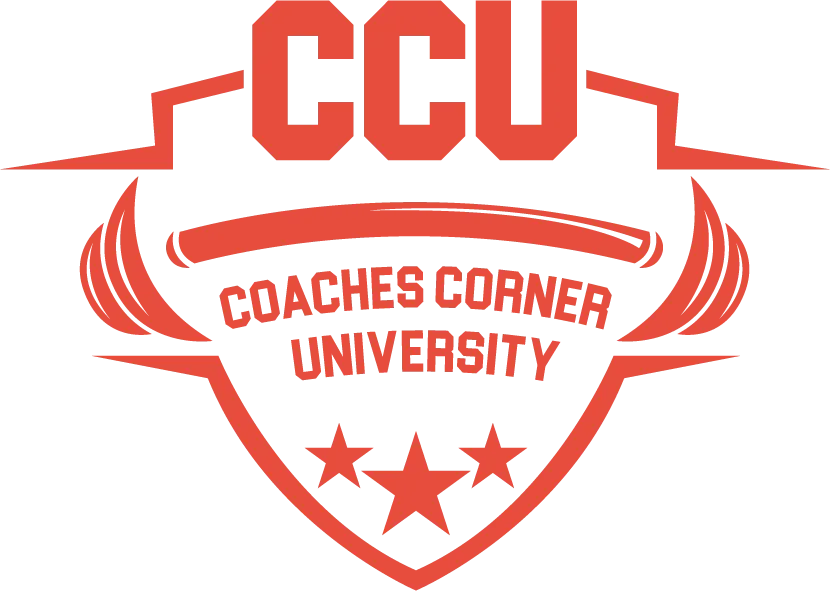Discover The Latest Blogs
Stay updated with Our Informative Blog Posts

CCU Podcast - Military as a Strength and Conditioning Specialist with Cody Miller
Military as a Strength and Conditioning Specialist
Podcast
In this episode, I sit down with the Strength Coach and Founder of Hoopie Hybrid, Cody Miller. Cody and I met in 2010, when we were both working at Robert Morris University and have been friends ever since.
Cody spent over 10 years as a collegiate strength and conditioning coach and then transitioned into the tactical strength and conditioning world. He runs and lifts (the kids call this “hybrid”). He cofounded Hoopie Hybrid with his beautiful wife, Cayt. It launched in January of 2024 and consists of online hybrid training groups and programs. Cody and Cayt enjoy hanging out with their two pitbull mutts, Millie and Ollie, and enjoy going to the beach every spare moment they can.
Cody brings a unique perspective to this conversation, having competed in powerlifting at an elite level, completed ultra-marathons, and is currently working in the tactical strength and conditioning space. His current project—dubbed "Project Heracles"—aims to achieve a sub-two-hour 12-mile ruck with 40+ pounds while maintaining a 600-pound deadlift, perfectly embodying the challenge of balancing seemingly opposing physical adaptations. Throughout this wide-ranging conversation, Cody shared invaluable insights on mental resilience, programming strategies, and the physiological realities of becoming proficient at both strength and endurance.
10 Key Takeaways from Military as a Strength and Conditioning Specialist
Incremental Challenge and Winning Begets Winning
Cody emphasizes that doing hard things must be approached incrementally. Drawing from systems thinking, he explains that winning creates a positive feedback loop—the more you win, the more likely you are to win in the future, because you gain experience and resources from each success. The optimal challenge sits in what he calls the "sweet spot"—not too easy, not too hard—with an ideal failure rate of approximately 15% based on machine learning research.
Self-Efficacy is Built Through Action, Not Thought
Self-efficacy, as defined by Bandura, is the belief that you have the capacity to overcome future challenges, and it can only be developed through actual experiences. Cody stresses that "you can think about something until the cows come home," but it won't build the belief necessary to tackle complex tasks. The transfer of confidence from one domain to another—such as from business success to athletic endeavours—demonstrates how years of overcoming obstacles create a robust sense of capability.
Training as Self-Discovery and Self-Creation
Cody frames the training process as both a process of discovery and a process of self-creation, echoing Socrates' directive to "know thyself." He highlights that many people fear discovering their limits because they fear what they might learn about themselves. However, this process of testing boundaries reveals authentic character, particularly when circumstances become difficult—when health, wealth, or progress in training falters.
The MAYA Principle: Most Advanced Yet Acceptable
Borrowing from industrial design, Cody introduces the concept of MAYA (Most Advanced Yet Acceptable) and adapts it to training as "most scary yet acceptable." The challenge should be frightening enough to elevate awareness and arousal, but not so intimidating as to paralyze. For Cody, running 100 miles represented this sweet spot—scary, but achievable—whereas 200 miles would have been too far outside his current capabilities.
The FFMI Trade-Off in Hybrid Athletes
The Fat-Free Mass Index (FFMI) is a critical variable for understanding the morphological constraints on hybrid performance. Elite powerlifters typically have FFMIs of 26-28, while elite marathoners sit around 16-17. Cody explains that it's physiologically impossible to be truly elite at both, given the different body-composition requirements. The hybrid athlete must find the precise balance point—typically around an FFMI of 22-24—where both strength and endurance capabilities can be optimized simultaneously.
Body Composition as the Foundation
For males starting hybrid training with body fat above 25%, getting leaner should be the primary focus. Cody presents a compelling rule of thumb: for approximately every 1% of body weight lost, there's a corresponding 1% gain in running ability. The target range of 12-16% body fat provides a workable foundation before fine-tuning other aspects of training. As Cody succinctly states, "fat doesn't fly."
Strategic Timing and Prioritization
The first principle of concurrent training is giving "first fruits" to what you want to push. Cody advocates spacing hard lower-body lifting and intense running as far apart as possible, ideally on different days. When they must occur on the same day, pair easier zone two runs with heavier lifting sessions, and always perform the priority session when freshest. This strategic scheduling minimizes interference effects and optimizes adaptations.
The Power Law Distribution and the Critical Window
Cody introduces the power law distribution to explain running performance across different durations. The curve shows that pace becomes relatively sustainable beyond 90-180 minutes (essentially "zone two") and maximally intense below 5-10 minutes. The critical adaptation window exists between these extremes—roughly 5 to 60 minutes of time to exhaustion. This corresponds to training between mile pace and half-marathon pace, where most physiological thresholds (VO2 max, VT2, lactate threshold, VT1) are challenged.
Variety Over Dogma in Training Prescription
Cody strongly criticizes the pendulum swing in endurance training philosophy, from the "all HIIT, all the time" approach of 2010 to the current "zone two obsession." He emphasizes that robust running development requires exposure to very short, intense efforts, moderate paces, and long slow runs. The same principle applies to strength training—athletes need exposure to maximum loads, hypertrophy work, and speed work to develop a complete physical profile.
The Multi-Anchor Running Profile
Rather than basing all running paces off a single time trial (like a 5K), which increases error the further you extrapolate, Cody advocates for a three-point profile using mile, 5K, and 10-mile times. This approach parallels using multiple rep maxes in strength training rather than calculating everything from a 1RM. By establishing known variables at different durations, coaches can more accurately map time-to-exhaustion curves and program appropriate training intensities.
Cody's approach to hybrid training reflects both scientific rigour and practical wisdom earned through personal experience across multiple athletic domains. His emphasis on incremental challenge, strategic programming, and the acceptance of necessary trade-offs provides a refreshing antidote to the often polarized discussions around concurrent training. Perhaps most valuable is his reminder that the training process itself—with its inevitable failures, discoveries, and boundary-pushing—serves as a vehicle for personal development that extends far beyond physical capabilities.
Find Cody
Website - hoopiestrength.com
Instagram - @cody_hoopiestrength
Find the Podcast

Coaches Corner PhD




